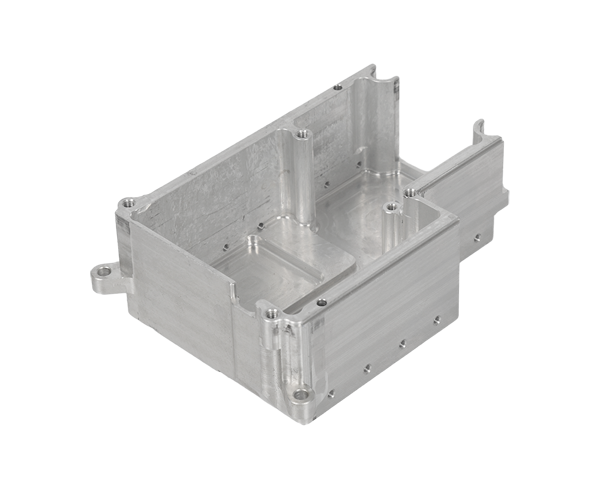2025-02-13 hits:0 source:News

Aluminum extrusion is a widely used manufacturing process that plays a crucial role in various industries, especially in the production of aluminum based products with complex cross sectional shapes.
Raw Material Preparation
The process begins with high quality aluminum ingots. These ingots are typically made from recycled or primary aluminum sources. Before extrusion, the aluminum ingots need to be pre processed. They are first inspected for quality to ensure they meet the required standards in terms of chemical composition and purity. For example, the percentage of alloying elements such as silicon, magnesium, and copper in the aluminum alloy must be within a specific range to achieve the desired mechanical properties of the final extruded product.
Once inspected, the ingots are heated to a suitable temperature. The heating process is carefully controlled because the temperature has a significant impact on the extrusion process. Generally, the ingots are heated to a range between 400°C and 550°C, depending on the specific aluminum alloy. Heating softens the aluminum, making it more malleable and easier to be shaped during extrusion.
Extrusion Process
The pre heated aluminum ingots are then placed into an extrusion press. The extrusion press consists of a large hydraulic cylinder that exerts a high pressure force on the aluminum. As the force is applied, the aluminum is pushed through a die, which has a precisely shaped opening corresponding to the cross section of the desired extruded product. For instance, if the goal is to produce aluminum window frames, the die will have a shape that matches the profile of the window frame components.
The extrusion ratio, which is the ratio of the cross sectional area of the aluminum billet (the pre processed ingot) to the cross sectional area of the extruded product, is an important parameter. A higher extrusion ratio can result in better mechanical properties of the extruded product, but it also requires more force from the extrusion press. During extrusion, the aluminum flows through the die, taking on its shape and emerging as a continuous extruded profile.
Cooling and Straightening
After extrusion, the hot extruded profile needs to be cooled rapidly. This is usually done using forced air or water spraying. Rapid cooling helps to fix the shape of the profile and also improves its mechanical properties. For example, in the case of 6063 aluminum alloy, which is commonly used in architectural applications, proper cooling can enhance its strength and corrosion resistance.
Once cooled, the extruded profiles may have some minor bends or deformations due to the extrusion process. Straightening is then carried out to ensure that the profiles are straight and meet the dimensional accuracy requirements. Specialized straightening machines are used, which apply controlled forces to the profiles to correct any deviations.
Surface Treatment
The final step in the aluminum extrusion process is often surface treatment. This can include anodizing, powder coating, or painting. Anodizing involves creating a protective oxide layer on the surface of the aluminum, which not only enhances its corrosion resistance but also gives it an attractive appearance. Powder coating provides a durable and colorful finish, making the extruded products suitable for various aesthetic applications. Painting can also be used to achieve specific color and texture requirements.
the aluminum extrusion process is a complex and precise manufacturing method that transforms aluminum ingots into a wide range of useful products through a series of well controlled steps.
Read recommendations:
lf you have any questions or comments, you can leave us a message and we will reply to you as soon as possible
